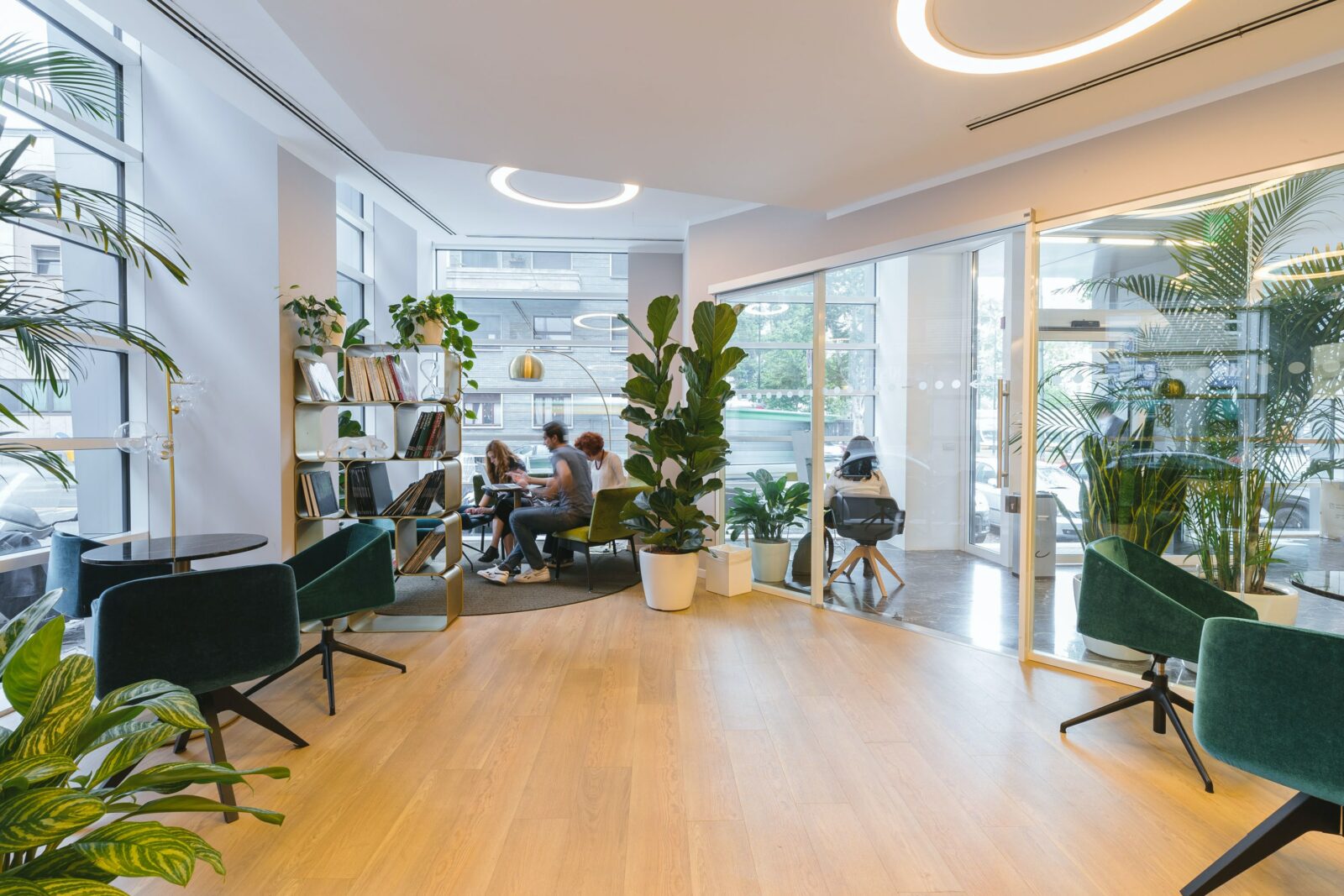It goes without saying that work life has fundamentally changed over the course of the pandemic.
It happened out of necessity at first. Employees started to accept that the presence of children, pets, spouses and home life in general during working hours couldn’t be brushed aside. It was a difficult transition for everyone, but adaptation is humanity’s greatest strength – eventually, employees everywhere adapted to this new context of work and life.
Now, a shift back towards compartmentalizing aspects of life into neat blocks of work, parenting, relationships, and home life doesn’t seem like energy well spent. ‘Un-adapting’ is not a realistic request after the collective changes that have already taken place.
And for industries that functioned well in a hybrid or remote context, the demand for a full time office presence is met with skepticism.
Employees are looking for conditions in which they can be most efficient, comfortable, and content.
However, most people would still agree that at least having a physical place to go sometimes would be beneficial. To connect, to meet, to feel that sense of belonging that can only come from shared spaces. The ideal sometimes might look like a couple of days a week, to maybe once or twice a month for a welcome change of scenery.
So where does that leave the future of the office space?
First, we must accept that the very purpose of the office must be based in collaboration, togetherness, bonding. It must be a haven, a point of human connection which so many people had struggled without over the course of fully remote work.
Physical and psychological safety will be key for a population who are still very much on edge.
Many people work contentedly in the presence of others, even if the work is separate and taking place quietly. Thoughtfully designed common work spaces and gathering spaces will help employees feel comfortable to do their work effectively, and will encourage innovation and ideas.
Accessibility will be an important topic – after years of hyper-vigilance, employees are more aware of their own needs and the needs of others. Can employees with disabilities easily access all work spaces?
If you’re not in a position to adjust the workplace design of your business, you can start by ensuring all employees have access to the flexibility and resources they need to work well.
Lastly, consider holding an all-employee workshop to discuss the future of the office. Opinions and ideals will vary, but when people feel that they are being listened to, they feel safe.
Change is daunting for anyone, especially when so many had been pining for “back-to-normal” for so long. But we will find a new groove if we lead with openness, adaptability and above all, collaboration.





